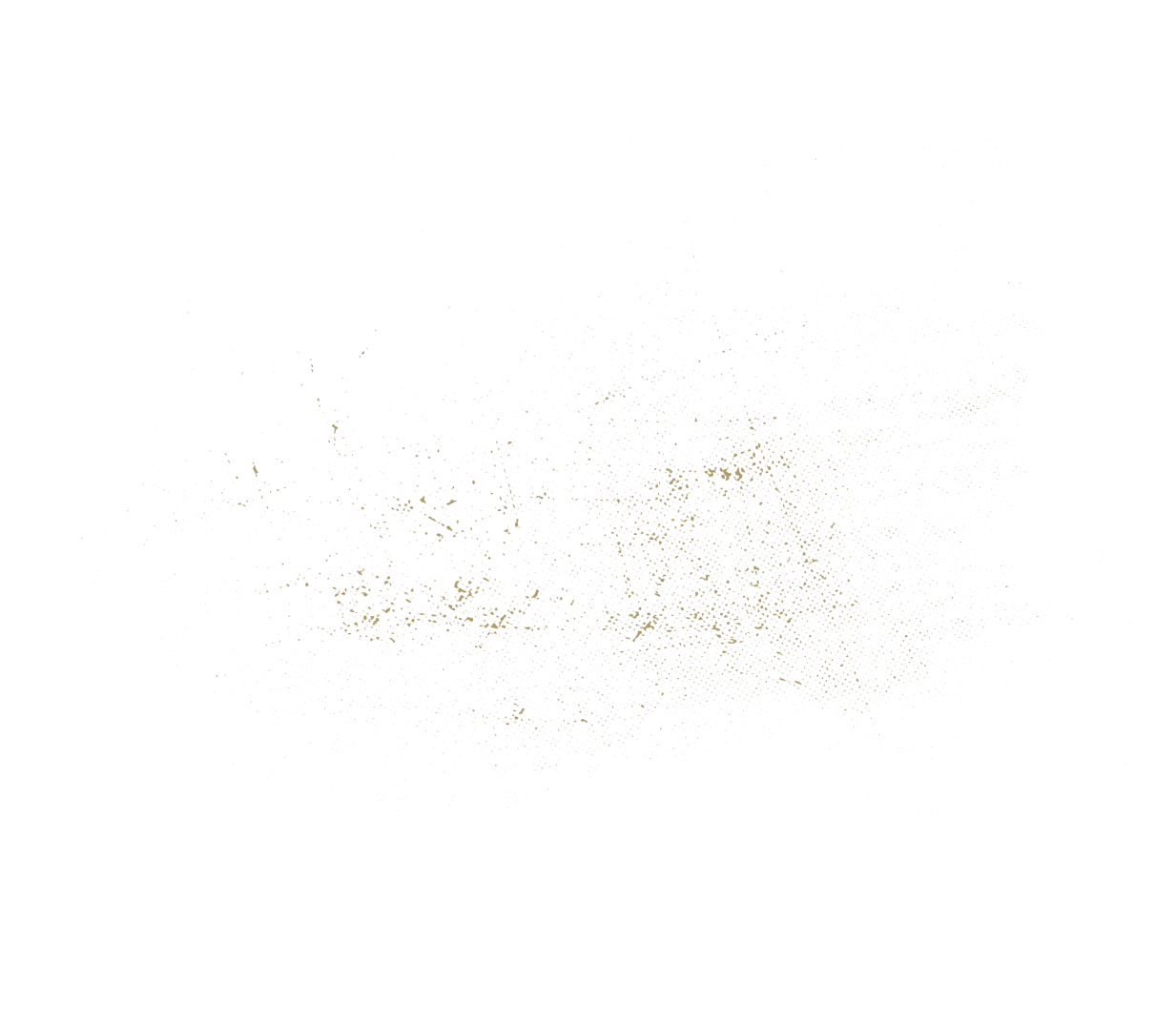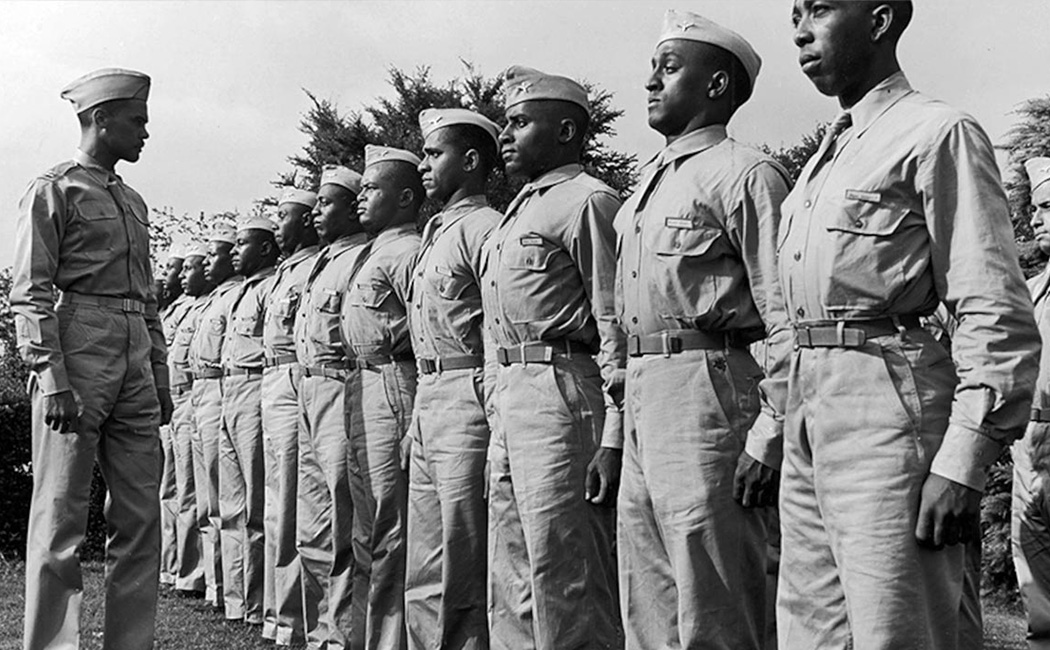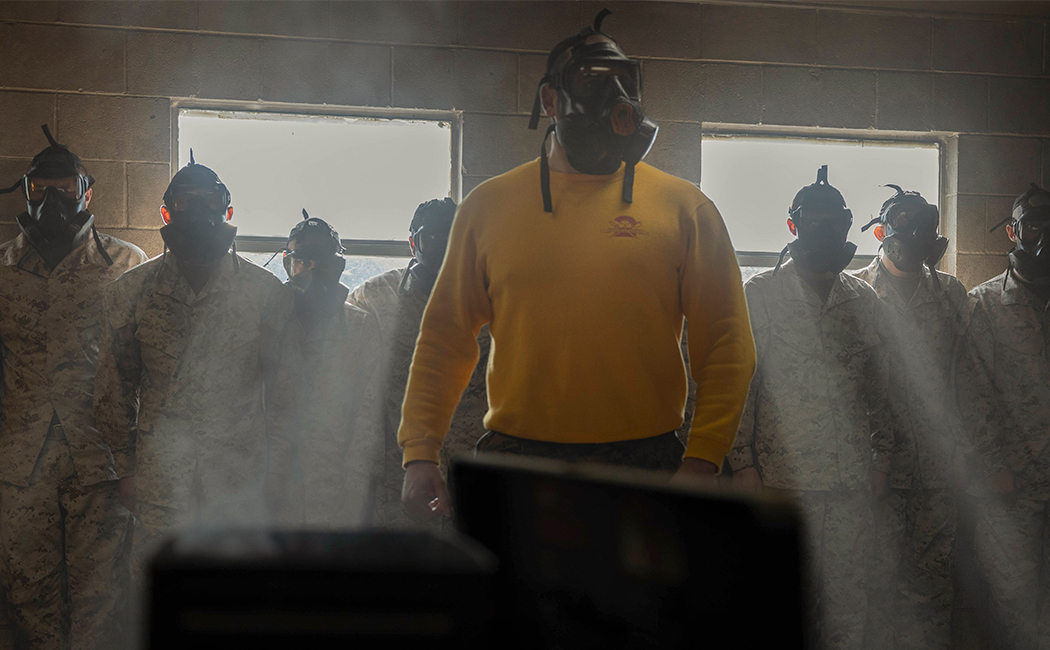The VA has a list of presumptive conditions in which you’re eligible for benefits if you have a specific illness and served in an area with exposure to certain toxins.
The U.S. Department of Veterans Affairs (VA) has strict rules in place that limit benefits to service-related conditions. Any disabilities must have a clear in-service connection, or else the VA will deny the claim.
However, there is an exception: the VA’s presumptive conditions list. If you suffer from a condition on this list, you don’t have to prove an in-service link, and it doesn’t have to appear on your service medical records. Instead, the VA will presume that the illness is service-related if you meet the criteria.
These disabilities can appear after your service time has ended, and you’re still entitled to compensation. Remember that for many of these conditions, symptoms must appear within one year of your active duty release, and you must have 90 days of service time. You must also have a VA disability rating of at least 10%.
Here’s a look at these presumptive conditions and locations where you must have served to receive benefits for some of them.
Presumptive conditions for former POWs
Former POWs are in a unique situation in regard to presumptive conditions because the issues don’t have to surface within the first year after completing service.
Regardless of how long POWs were in captivity, they are eligible for benefits if they suffer from any of the following:
- heart disease
- osteoporosis
- stroke
- anxiety
- psychosis
- a dysthymic disorder
- post-traumatic osteoarthritis
In addition, POWs who were held captive for 30 days or more can receive compensation for conditions such as:
- chronic dysentery
- pellagra
- malnutrition
- beriberi
- helminthiasis
- cirrhosis of the liver
- irritable bowel syndrome
- peptic ulcer disease
The POW must have a disability rating of at least 10% to receive benefits, and the VA must believe the condition was related to time spent as a POW.
Schedule My Free EvaluationRadiation exposure during service
Military veterans with exposure to radiation during their service time could be eligible for VA benefits. Eligibility for the related presumptive conditions benefits depends on the locations in which they served.
POWs held near Hiroshima or Nagasaki during World War II, or anyone less than ten miles off the coast of the bombing sites during the operation, are also eligible.
Conditions covered by veterans with exposure to radiation include:
- brain, bone, liver, stomach, breast, thyroid, pharynx, salivary gland, small intestine, pancreas, colon cancer, and more
- leukemia (except chronic lymphocytic leukemia)
There is no time limit on these conditions, and the 10% disability rating isn’t in effect.
If you were exposed to radiation and now have cancer, there’s a good chance you will receive benefits.
Toxic water at Camp Lejeune
Anyone who lived or worked at the U.S. Marine Corps Base Camp in Lejeune, North Carolina, between August 1, 1953, and December 31, 1987, was exposed to contaminated drinking water. As a result, those veterans could be eligible for VA benefits if they develop leukemia, aplastic anemia, bladder cancer, kidney cancer, Non-Hodgkin lymphoma, Parkinson’s disease, or multiple myeloma.
Veterans who served at the camp starting on January 1, 1957, can also receive free healthcare. Those suffering from various cancers, renal toxicity, scleroderma, myelodysplastic syndromes, or hepatic steatosis are eligible.
The Vietnam War and Agent Orange
Veterans who served in Vietnam between January 9, 1962 and May 7, 1975 are presumed to have come into contact with Agent Orange. Therefore, they will receive VA benefits if they develop:
- AL amyloidosis
- B-cell leukemia
- Type II diabetes
- Hodgkin lymphoma
- Heart disease
- Multiple myeloma
- Non-Hodgkin lymphoma
- Parkinson’s disease
- Prostate cancer
- Various respiratory cancers
- Soft-tissue sarcomas
There’s also coverage for acute and subacute peripheral neuropathy, chloracne, and porphyria cutanea tarda if they developed to a VA rating of 10% within the first year after exposure to Agent Orange.
A lot of illness came from the War in Vietnam, but there are benefits available if you’ve developed a condition.
Gulf War illnesses
Over the years, a series of mysterious illnesses has hindered Gulf War veterans, and there is coverage for the individuals who served in this conflict.
To be eligible, veterans must have served in Kuwait, Iraq, Qatar, Saudi Arabia, Oman, the United Arab Emirates, the Gulf of Aden, Bahrain, the Gulf of Oman, the Persian Gulf, the Arabian Sea, or the Red Sea between August 2, 1990 and December 31, 2016.
Some of the illnesses from these locations are clearly defined, as individuals who have chronic fatigue syndrome, fibromyalgia, or irritable bowel syndrome for at least six months after deployment are eligible.
There is also Gulf War Syndrome, an illness that doctors cannot clinically diagnose, but is causing issues for veterans. According to the VA, there is no known cause for the symptoms, including fatigue, headaches, joint and muscle pain, but it’s a presumptive condition. Other veterans report neurological, respiratory, gastrointestinal, and cardiovascular problems after returning from the Middle East.
Symptoms must occur before December 31, 2021, to remain eligible for benefits.
Receiving your benefits
In addition to the listed conditions, chronic diseases like diabetes, high blood pressure, and arthritis are covered by VA benefits if you develop symptoms within one year of discharge. Or, if you receive an ALS diagnosis, you’re covered regardless of how much time has passed.
Presumptive conditions could be a way to collect compensation, even if your disability appeared after your active duty period ended. If you served in an area with a known issue, file a claim to get the money you’re entitled to receive.
Veterans Guardian VA Claim Consulting can help you get this money by developing a free personalized claim strategy to meet your needs.

















